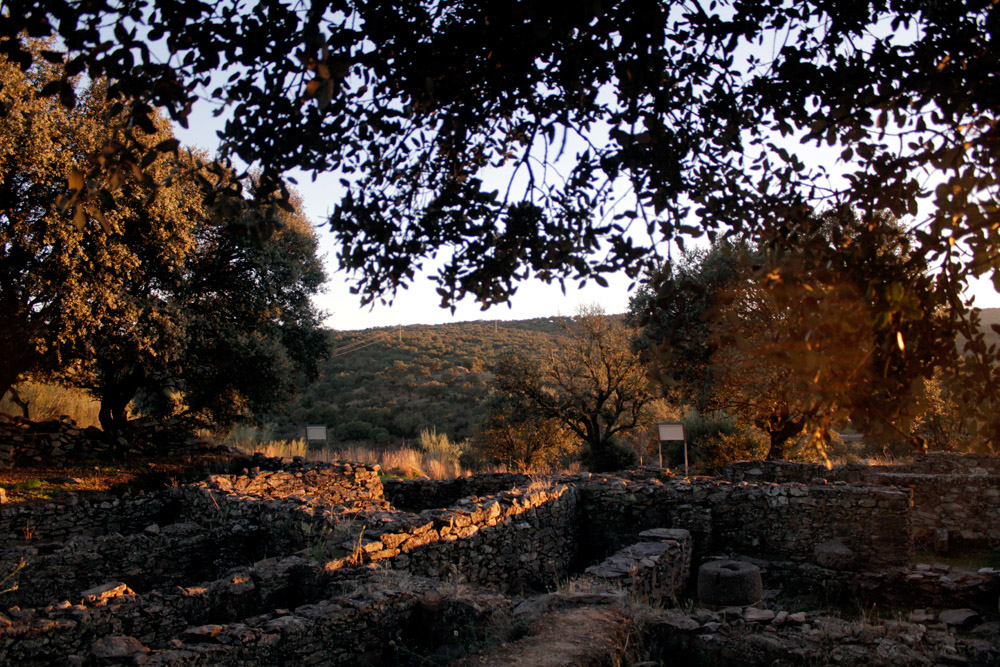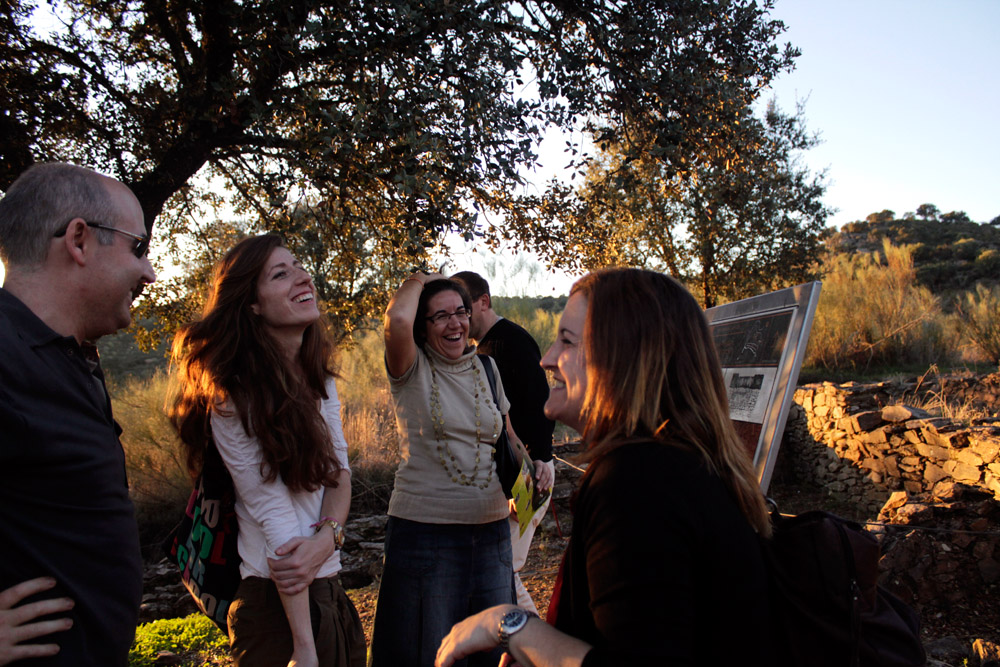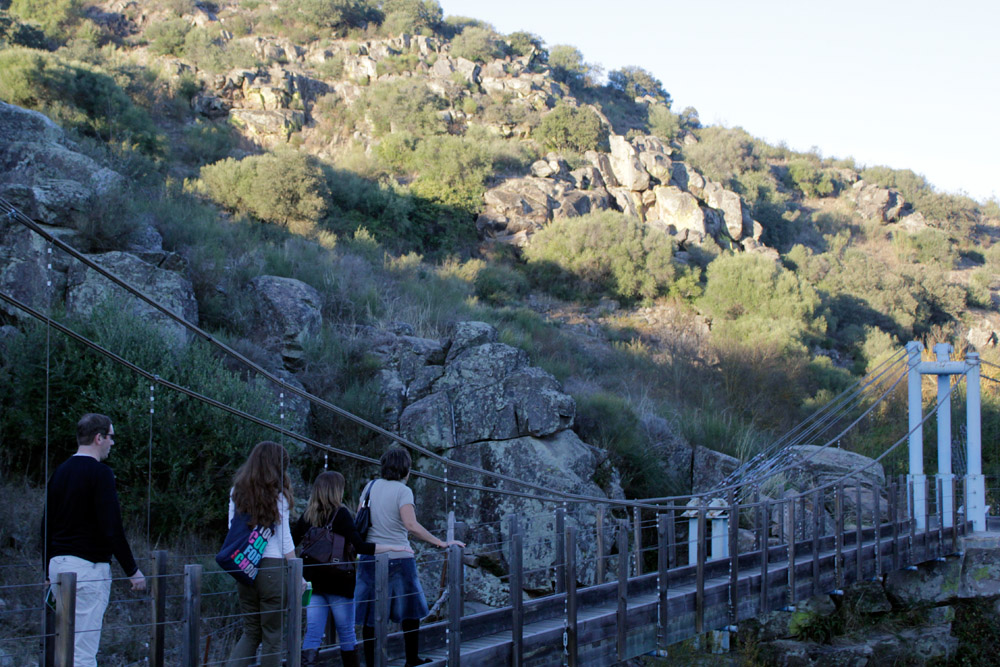I am game for any excursion. If a teacher says, “we are going do _______ ,” I say yes, I’m in. I signed up for an excursion to go to explore some caves on the white board in the teachers lounge in Oliva. Alas, the caves were closed that afternoon, so the teachers decided to visit El Casterjon de Capote: The Lost City of the Celts from Beturia (say THAT ten times), and I tagged along. We ate lunch in a town nearby and didn’t waste any daylight as we explored this lost city. Thank goodness there was an English printed guide I could follow or I would have no clue. Sure, I tried to read the signs in Spanish, but when it comes to my ancient ruin vocabulary, I’m a little behind.

The surrounding landscape was beautiful.
Capote was a town flourishing in richness and splendor, and when the Celtics left at 1 B.C., everything was dismantled, and the Romans took it over. Thus, there are examples of both Celtic and Roman design. We also saw some rebuilt Extremenian huts. I can safely say while Extremadura may be behind America with heating systems (as evidenced by my apartment), there have been major improvements in the design of Extremenian housing.

The light was pretty before sunset, and it highlighted the pre roman sanctuary and the central street of this ancient town built on a hill. My imagination was a critical component of my time visiting Capote. Ruins are interesting, but when you are not exactly sure what you are looking at (with Spanish descriptions) well, things get confusing.

What a fun excursion with some great company. I picked up some guides for other historical ruins I can see in the area. Mérida is a must because it has some of the best preserved Roman ruins in Spain.
The key to all, is signing up for every excursion and of course, a little imagination.
